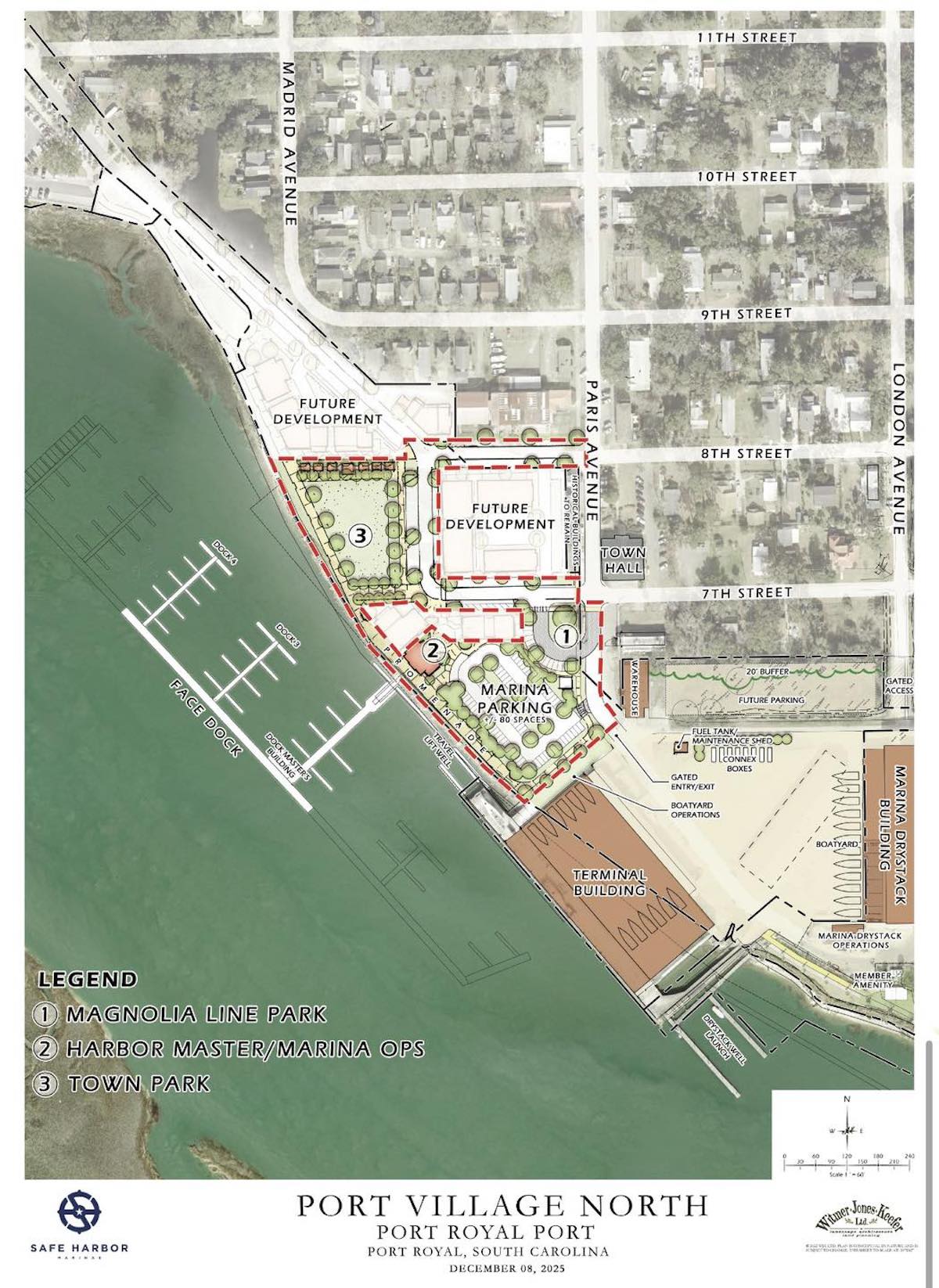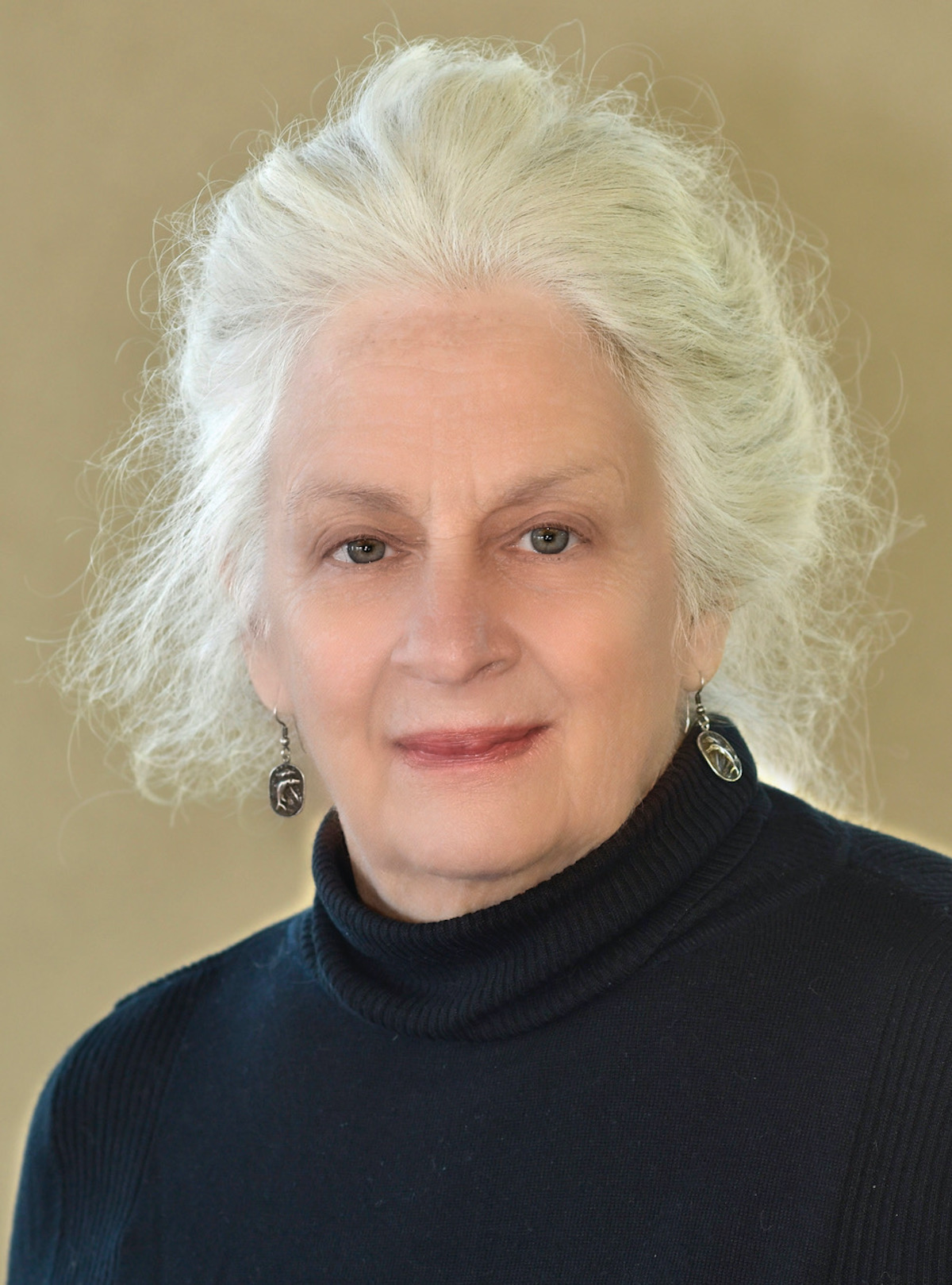Scott Graber
It is Friday morning and I have The Post and Courier — Charleston’s revitalized, chock-full-of-content newspaper. This morning we learn that Penn Center is looking to the future now that parts of its campus will be designated a National Historical Park. As I sit, coffee cup and scone in hand, I read about Penn’s current financial problems — and their hopes of a better future. But I must confess that my mind wanders — it wanders back 40 years when I was employed at Penn Center.
In 1974 — newly hired as Penn’s attorney — I was working with Joe McDomick in a program called Black Land Services. In that capacity we dealt with small farmers, throughout South Carolina, that were in some kind of trouble. Usually that trouble had to do with cash flow, or the marketing of tomatoes, or title to their land. Sometimes we could help. Sometimes not.
In those days the Peace Corps (and Vista) used the Penn’s buildings to train its volunteers before sending them off to work in Ghana (or to Louisiana). There was also a clinic, a small business incubator, a day care center and a demonstration farm. The campus hummed with idealism that was concentrated—every day at noon—in the cafeteria then operated by Penn.
We would all go to the cafeteria because there was no Taco Bell, Johnson Creek Tavern, Foolish Frog or any food purveyor within 10 miles of the Penn campus. And so the smell of fried chicken, collard greens and red rice was the olfactory back drop to talk about digging wells in Senegal; or partition sales in Jasper County; or the recent resignation of Richard Nixon. There was a palpable sense of expectation hanging over the table — and we were sure we would change the world.
Penn Center had started its life — during the Civil War — as a school to educate the newly-freed slaves. It operated as a school until the early 1950s when its board decided that Penn should be a place for planning — planning the forthcoming struggle to find fairness in voting, education, housing and health care. And in that role great people — people like Martin Luther King, Leroy Browne, Frieda Mitchell, Edith Dabbs and Courtney Siceloff — walked and talked beneath the live oaks that still survive and still bring a sense of drama to the campus.
In the beginning Penn had been funded by wealthy Pennsylvania Quakers. But by the time I arrived Black Land Services got its funds from the John Hay Whitney Foundation, and Penn got some of its operating money from the Rockefeller Brothers Foundation. Getting these monies required an annual trip to New York City where we would give talks in carpeted, teak-paneled board rooms about the loss of black-owned farms, and the prevalence and problem with heirs property. Telling these stories was easier than solving the underlying reality that small farms, black and white, were failing all over the country.
Small farms were giving way to huge, corporate-owned enterprises in Florida, Texas and California. These irrigated, fertilized, fully mechanized factories could manufacture softball-sized tomatoes and more soybeans per acre than the smaller farms on South Carolina’s Sea Islands. More importantly the retailers of fruit and produce, the grocery chains, liked to deal with these produce factories.
While Penn could secure initial, individual grants from New York-based foundations, it had trouble finding a steady, reliable source of income. And — as the Post and Courier makes clear — funding has remained a difficult, uneven road for Penn. During the past 50 years Penn has often struggled to meet its payroll and the Charleston newspaper says that Penn lost money in 2016, broke even in 2017, and lost money again in 2018. The current concept seems to involve providing accommodations — clean, attractive amenities to tourists who want to use Penn as home base for their exploration of the Reconstruction Era relics in the area. And this may be a viable concept if the complicated Reconstruction story can be told with interactive displays and informed personnel who can persuade visitors to put their cell phones in ‘airport mode.’ And if this is accomplished it may be possible for this story to compete with the grandeur of the Great Smoky Mountains — or with the now silent cannons at Ft. Pulaski and Ft. Sumter. In the meantime, Penn’s campus can certainly provide a dramatic landscape and a platform for our ongoing national experiment to bring understanding (and harmony) to the races.
Scott Graber is a lawyer, novelist, veteran columnist and longtime resident of Port Royal. Email Scott at cscottgraber@gmail.com.







